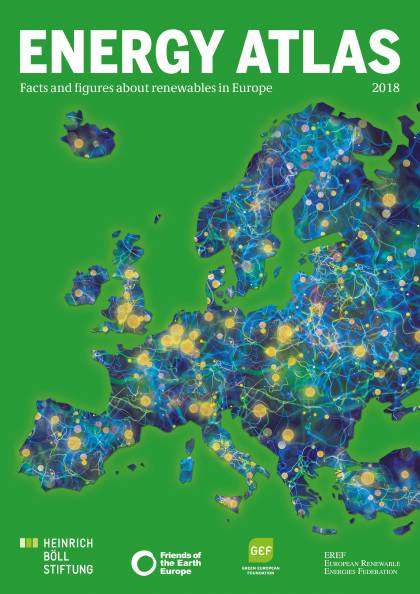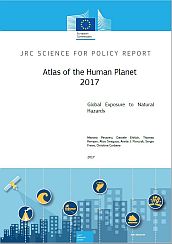The global atlas for renewable energy: a decade in the making
A decade on from its launch, the Global Atlas for Renewable Energy continues to represent a unique, free global resource for assessing the renewable potential of countries and regions. Since the launch


